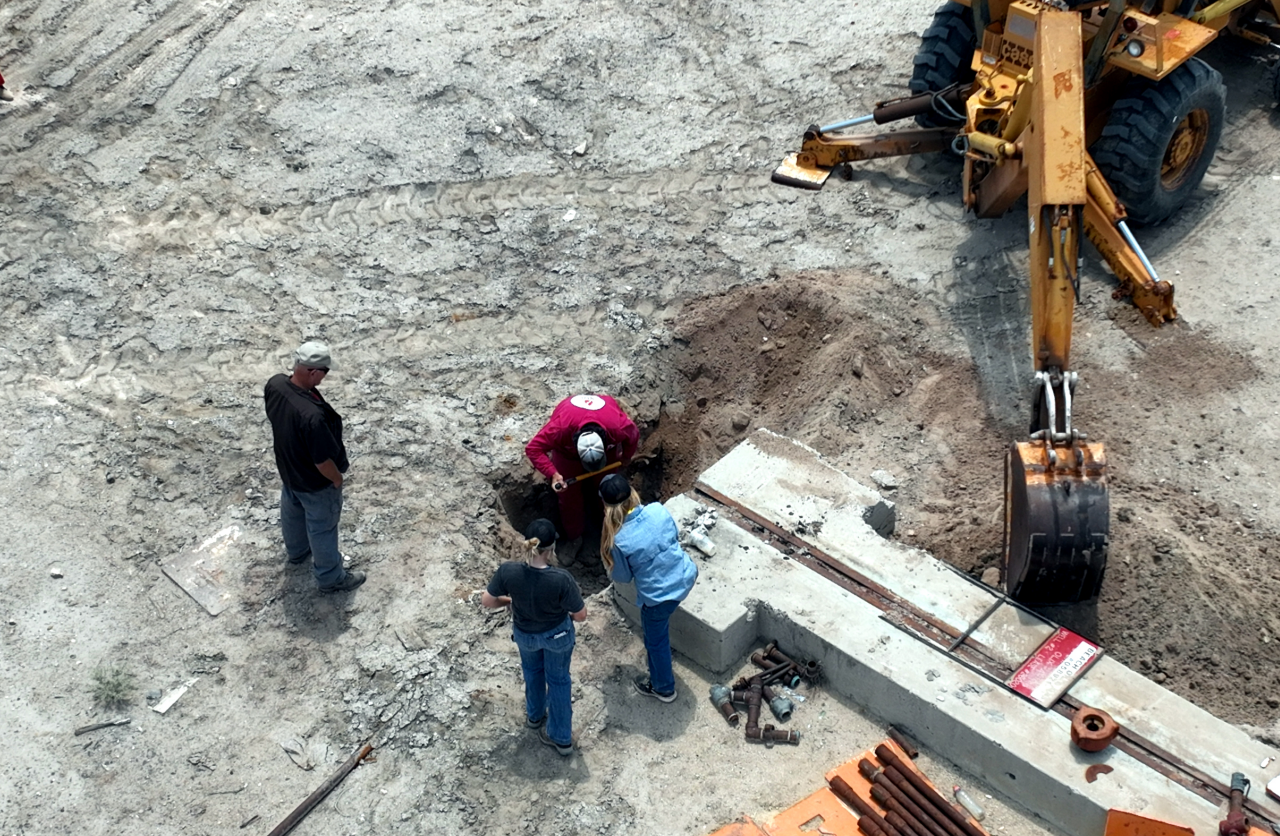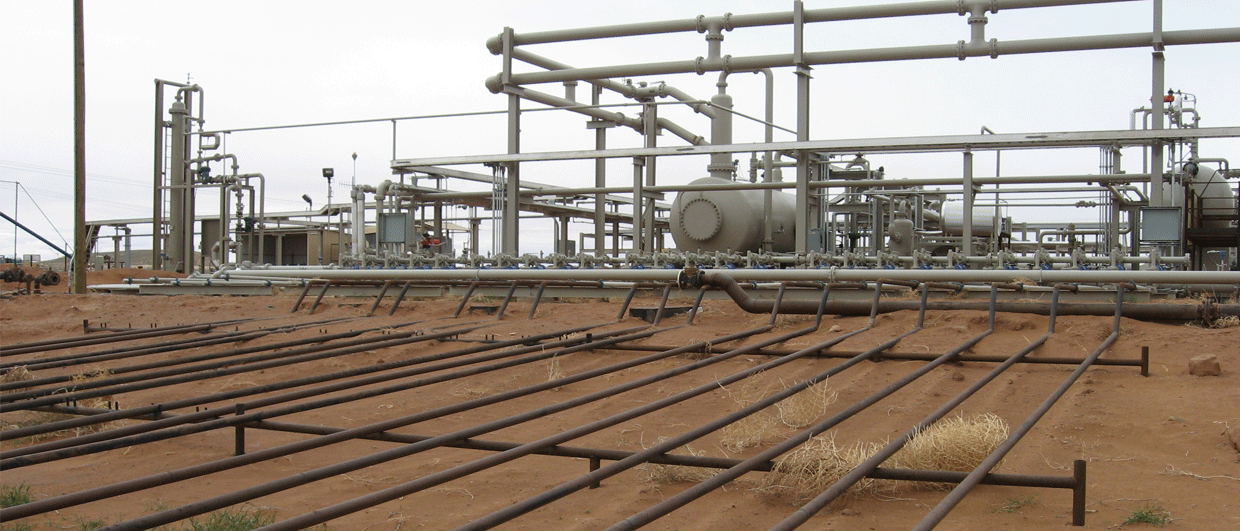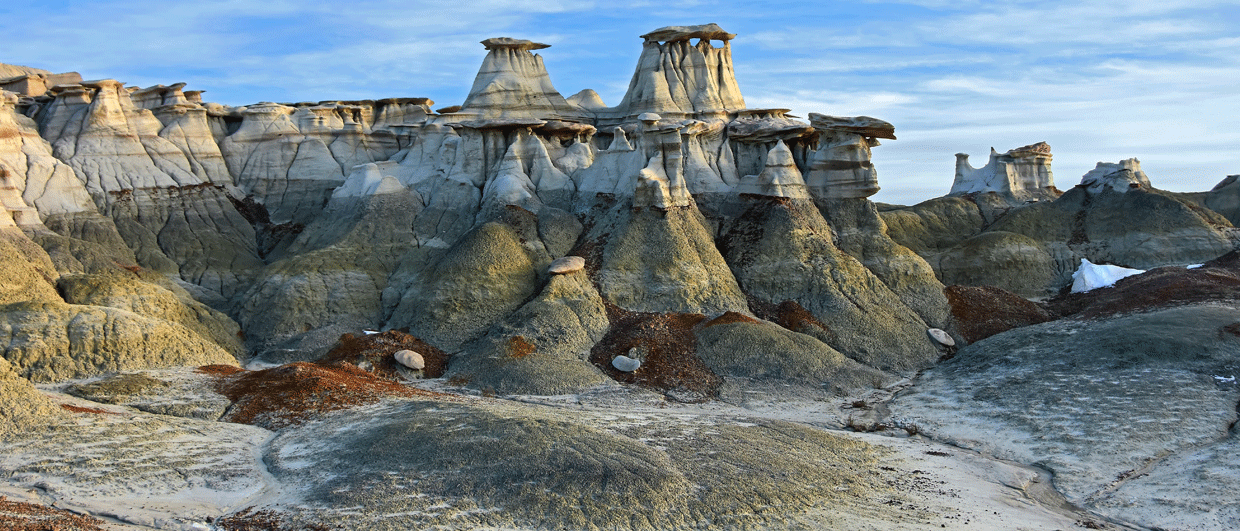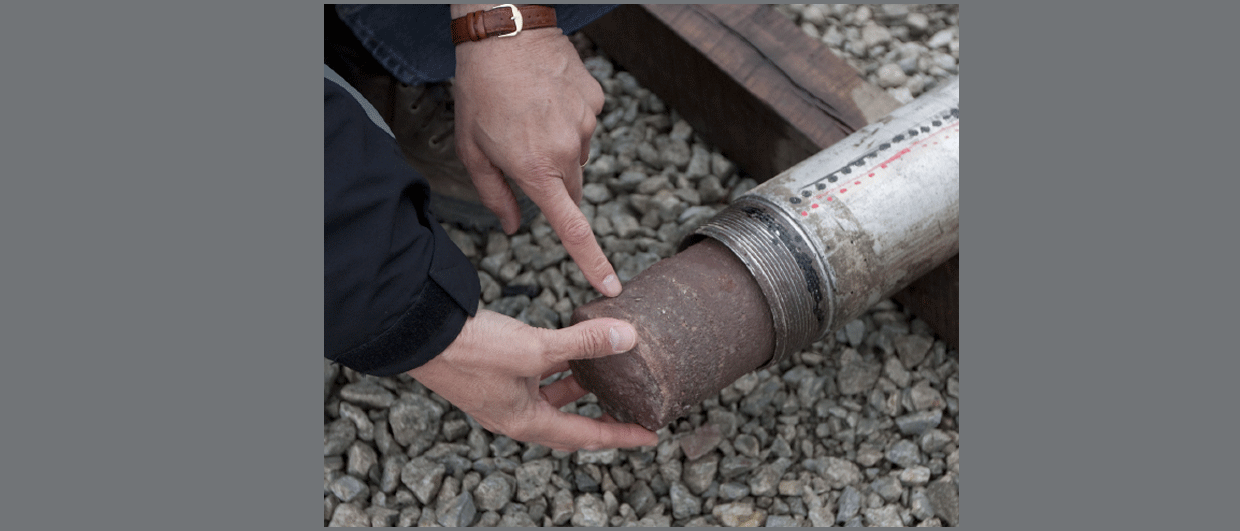“It doesn’t have the dramatic fire and oil shooting out like the bp Macondo well. No, here, in the Permian Basin, wells are spewing fully saturated brine instead”, says Sarah Stogner from her car, when I speak to her in early July, when she is on one of her rounds to find more abandoned wells that are leaking reservoir fluids to surface. “But remember, we are in a sandy place here, with all but sand from surface to where our aquifer is at around 50 feet down. And as we all know from the beach, sand doesn’t hold the water very well, so these brines are an immediate and real threat to the freshwater we rely on everyday.”
Sarah is a lawyer, but people might equally think she has a background in drilling.
“I graduated from law school in 2008, and relatively soon after I started representing large oil and gas companies in disputes with their well control insurers. So for instance, you’ve got a well that has a control incident, such as a blow out. Companies then pay millions of dollars to drill a relief well or recomplete the well. Often, there are contractor tools lost in the hole as well. In those cases, as with so many things when millions of dollars are at stake, it is cheaper to pay lawyers to fight about it than just pay the claim. My role was to represent oil and gas operators against well control insurance companies. And in that position, I really learned the technical aspects of how to drill a well.”
Everyone likes modern-day conveniences but very few appreciate the price of consumption
It is the knowledge she gained in her corporate role that paid off when her life took a turn a few years ago. “In 2021, when I separated from my husband, a friend and ranch owner here near Crane in West Texas offered her pool house for the summer. Her parents passed away relatively quickly just before that and she was left to manage the ranch. Around that time, she spotted some odd things related to previous well pad locations, but she did not have the expertise to fully investigate it. So, in return for offering me a space to live, she asked me to use my oil and gas experience and do some field work in my spare time and possibly send some nasty letters companies demanding a clean up. It grew into something bigger than that.”

“About a week and half after I moved in, the Estes-24 well, later named the Red Bucket well, started flowing brines at surface. It turned out to be a well that Chevron plugged in the 1990’s. Initially, they simply put a red bucket over it to prevent the spray from contaminating a wide area. It took them over 12 weeks to re-plug the well.” It was the start of Sarah’s mission to tackle the many problems caused by improperly abandoned wells in the Permian Basin. And she is still on the same mission today. What is the root cause behind these issues? “The money folks, who are in charge of operations, seem disconnected from the field now”, Sarah says. “There is no sense of responsibility. However, I still firmly believe in the (technical) people who run this industry, as it is these people who work so hard to make sure that we can live a comfortable life. We have to go back to a situation where companies take full ownership of the lifecycle of wells, and work together with the ranchers to ensure that bad things do not happen.”
We have to go back to a situation where companies take full ownership of the lifecycle of wells
Lack of regulation
It is not only the lack of responsibility with the upper echelons of operating companies that has caused this situation of leaky wells contaminating groundwater resources. Groundwater that is used to provide drinking water for cattle farmers and the like. According to Sarah, the regulator has been complicit for decades in letting this situation unfold. The name of the regulator? The Railroad Commission. On social media, Sarah is very open about the lack of action from the Railroad Commission. She advocates that the three main commissioners accept money from the oil industry, creating an environment in which proper supervision is not possible anymore.
LOCATING WELLS
How do you find the wells that are leaking? “Ranch owners usually spot something first and then get in touch with me. I also work with a surveyor who worked with Mobil Oil before and he uses digital data to pinpoint locations that may be worth a look. Once we get on location, we use a metal detector to determine where the well head is, as it is usually cut off around 3 feet below surface. The well head itself is often still lying there, so that is a good indicator of being close. We then use a backhoe to dig a hole and expose the casing. Sometimes it is already bubbling through the production string or through the annulus. In that case, I’ve got some welders who weld a cap on.”
And that is why there is a situation whereby operators can continue doing the bare minimum to get a “No further action letter” from the Railroad Commission, enabling them to state that “We have plugged the well according to Railroad Commission guidelines”. “But the real expertise is within these companies”, Sarah says firmly, “and it is these companies that should tell the RRC how to plug a well and make that the standard.”
“In the North Sea”, she continues, “companies have to go and prove cement bonds when abandoning a well. Here, there is no such thing at all. We only have to blame ourselves for this.”

How companies deal with the exposure
Then there is the question how operators deal with Sarah’s findings. “At first, I thought, it is Chevron, they will deal with this properly. Only to find out that they went the way I had seen before with them contracting the lawyer heavyweights to deny that there is a problem in the first place. They also tried to sell off their wells to smaller operators, thereby claiming that their responsibility had ended. But if Chevron plugs a well, it then keeps the responsibility to keep them secure and plugged even when it sells the ownership. The crux of our case is that they still have the responsibility to monitor the wells and ensure that shallower groundwater resources are not affected by leaks.”
But just pointing out that a well is leaking is not enough ammunition unfortunately. “I have excavated around 100 wells now and have data loggers registering temperature and pressure on 45 to 50 of those. A lot of those wells see some sort of pressure up to around 450 psi. In this way, I am building a portfolio of evidence.”
“My ultimate goal is to get landowners properly compensated for the loss of their pore space and all the associated problems. It is a big deal these days. Because in many cases, it will not be possible to go back into these old wells and plug them properly as they have just completely rusted away. The least I can then do is make sure that my clients are properly compensated for this.”
WHY THE RAILROAD COMMISSION?
Historically, the Railroad Commission was created in the late 1800’s to regulate what the name suggests; railroads. Back in those days, the term “people getting railroaded” was frequently used when the expansion of the rail network in Texas caused landowners to face a railroad being constructed right through their property. It is easy to see why this needed a regulatory body. When oil subsequently became a thing in Texas in the early 1900’s and the crude was increasingly transported across the rail network, the idea was born to lump the two activities together, which meant that it regulated both railroads and oil and gas for about 100 years. It was around 2005 that the Railroad Commission decided to abandon the regulation of the railroads and put that under the umbrella of the ministry of transportation. So what we’re left with is an agency that regulates oil and gas, exploration and production and pipelines and surface mining, including CO2 injection. The commission is headed up by three elected officers. But why do they not change their name to better reflect what they regulate? “They enjoy the anonymity”, says Sarah. “They have defended keeping the name to save the millions of dollars it would cost to change their name and replace all the stickers on their vehicles, but really, it is preposterous”, she adds. “The fact that most Texans have never heard of the Railroad Commission really comes to their advantage, says Sarah, and they have little inclination to change that situation and remain under the radar.”
The ranch I am living at has around 300 wells on it alone, spread over 22,000 acres. I have got clients all over Texas for whom I am doing similar things. It is a problem all over.
In a response to this, oil and gas companies working in the Permian Basin have therefore bought a lot of land in the Permian Basin. “I guess that around half of the land is owned by operating companies. They wait till the problems get too bad for any surface activities to be undertaken, the point at which the land is bought. But it can not be the longterm solution. Our groundwater is a public resource and it deserves to be protected properly”, emphasises Sarah.
In the North Sea companies have to go and prove cement bonds when abandoning a well. Here, there is no such thing at all. We only have to blame ourselves for this

Silver lining
“Operators really know how bad it is. They also know that they have got tens of thousands of wells they are responsible for whilst actively trying to deny there is a problem. Selling off your wells to smaller operators who do not have the funds nor the expertise is not a solution either. If these wells are subsequently orphaned and plugged by the RRC, it is not even a guarantee that the problem has gone. I have excavated three wells plugged by the RRC that were still leaking.”
But not all companies are responding the way Chevron does. “There is one company I want to mention specifically and that is ConocoPhillips”, says Sarah. “They are actively reviewing their well plugging procedures because they seem more aware of the potential problems they can prevent by spending some more money on the front end of things.”
Sarah ran for a seat on the Railroad Commission for a number of years, but is not running this year. “Instead”, she says, “a friend of mine with decades of experience in oil and gas will be on the Libertarian ticket, as a third party candidate.”
It has something to do with the stigma that women still face in the industry. “She is a woman, so she does not know what she is talking about… It stinks, I know, but if it helps to make a difference to how the RRC is run, that is fine with me.” Instead, Sarah is running for the district attorney position, which is the criminal prosecutor.
Even though Sarah has not made it into the RRC (yet), social media has been and continues to be instrumental in spreading her message. “It is amazing how effective it is to publicly shame people and I will continue doing that if it helps shake up the way we think we can work and put the burden of our lack of responsibility on our grandchildren.”





